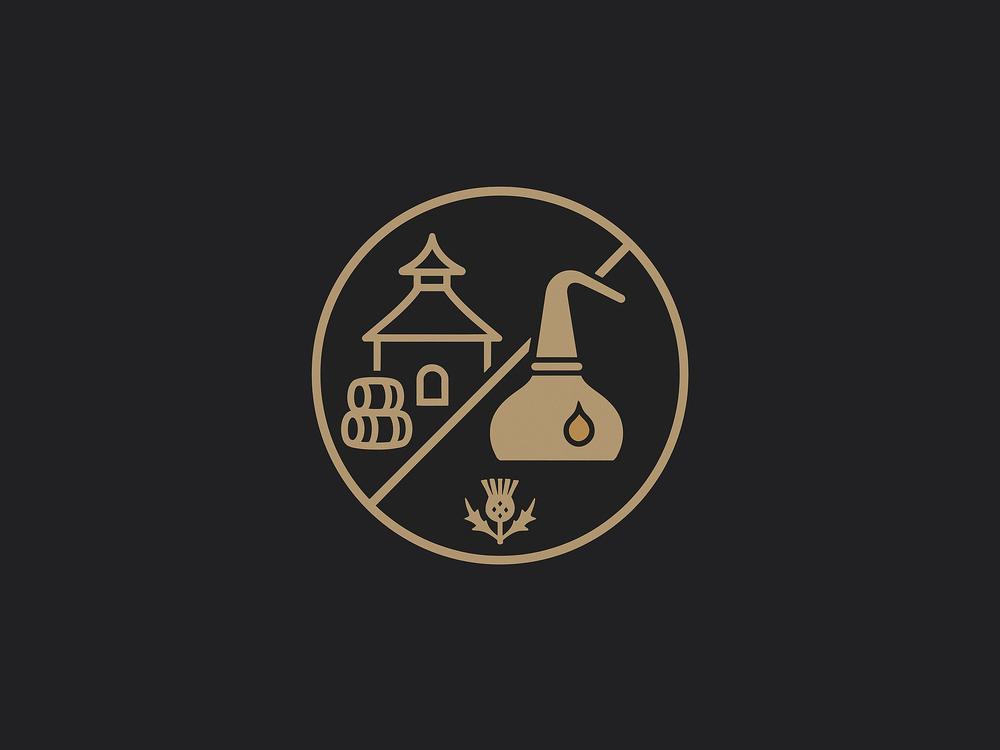The Bread-Beer Continuum
Published August 19, 2025
Contents

The Bread-Beer Continuum
Long before modern breweries, grain-eating cultures treated porridge, bread, and beer as points on a single spectrum rather than separate foods. Heat a mash a little longer, bake it, or ferment it-each choice traded texture for shelf life, flavour, and portability. This is the bread-beer continuum in a nutshell, and it sets the stage for the wider story in Beer: A History and the evolutionary angle of the Drunken Monkey Hypothesis.
Why call it a “continuum”?
Because the same few inputs-grain, water, heat, and microbes-produced many outcomes:
- Wet & hot → porridge/gruel.
- Wet, hot & baked → bread or bread-cakes.
- Wet, hot & fermented → beer/ale-like drinks.
- Bread first, then soaked & fermented → “bread-beers.”
Households and temple kitchens could slide along the spectrum depending on harvests, fuel costs, labour, and what needed to travel or keep. For the bigger public-health arc, see how brewing functioned as treatment in Beer as “Safer Than Water”.
How it worked (process, not theory)
People didn’t know about microbes; they knew what worked.
-
Malting (optional but powerful): Sprouting grain unlocks enzymes that turn starch into sugar.
- Related foundations: Malting grain, Diastatic power, Starch to sugar.
-
Mashing: Warmed in water to extract sugars-essentially liquid bread dough.
- Process notes: Mashing, and later cooling tech like the Morton refrigerator helped the beer end of the spectrum specialise.
-
Heat step: Boiling or near-boiling both gelatinised starch and reduced microbes.
-
Fermentation: Air- and vessel-borne yeasts and lactic acid bacteria soured and lightly alcoholised the mash.
- Vessels & flavour chemistry: Washbacks, Understanding esters.
-
Branch point:
- Bake it (solid calories that travel).
- Drink it (a safer, tasty liquid with mild alcohol and acidity).
This heat → convert → ferment loop is the ancestor of both beer brewing and the distiller’s mash. For the distilling bridge, start with Whisky production and New make.
Cultural snapshots
- Mesopotamia & Egypt: Ration lists and art point to breads baked for brewing-dry cakes crumbled back into hot water, then fermented. A deep narrative thread runs into later cereal-drink traditions covered in Beer: A History.
- North & East Africa: Thick fermented grain drinks (e.g., bouza, tella) blur soup and beer-clear examples of “liquid bread.”
- Eurasia: Low-strength, quickly fermented grain beverages (e.g., kvass-like preparations) fill the same niche.
- Americas: Chewed or malted maize for chicha shows the same logic: pre-digest starch, then ferment.
For a Victorian snapshot of how this household logic evolved into industrial practice, see Barnard’s surveys: An Introduction, the grain-spirits powerhouse at Cambus, and the Dublin malt scene at Bow Street and Marrowbone Lane.
Why it was (often) safer than raw water
Three levers did the heavy lifting:
- Heat during mashing/boiling.
- Acidity from lactic bacteria.
- Alcohol from yeast.
Even when very low in strength, these factors discouraged spoilage compared with many historic urban water sources. The story dovetails with Beer as “Safer Than Water” and the behavioural lens of the Drunken Monkey Hypothesis. For how water chemistry later shaped flavour and stability, see The Role of Water and Whisky Water.
From continuum to categories
As brewing specialised-kilns, purpose-built tuns, later hops and cool storage-the liquid end of the spectrum spun out into defined beer styles, while baking diverged into leavened breads with managed starters. Industrial water treatment finally broke beer’s role as default hydration (the long arc in Beer: A History), but the continuum thinking still explains:
- why “small beers” and table ales existed,
- why some beers were brewed from bread-like mashes, and
- why many “grain soups” taste pleasantly tart.
If you’re coming from whisky, the same levers-conversion efficiency, fermentation health, congeners-show up across the map: compare malt regimes at Glenmorangie, fermentation choices at Lagavulin, or coastal maturation contexts at Oban.
How to taste the continuum today
- Try a fresh, low-ABV, lightly sour grain drink alongside a rustic bread to feel the spectrum in one sitting.
- Brew a small batch using a bread mash (dried, toasted loaves steeped and reboiled), then ferment cool.
- Compare with a clean modern wort to notice how process choices change body and tang.
Curious where this led next? Follow the travel-and-stability thread into IPA in Beer as “Safer Than Water” and the broader brewing timeline in Beer: A History.

